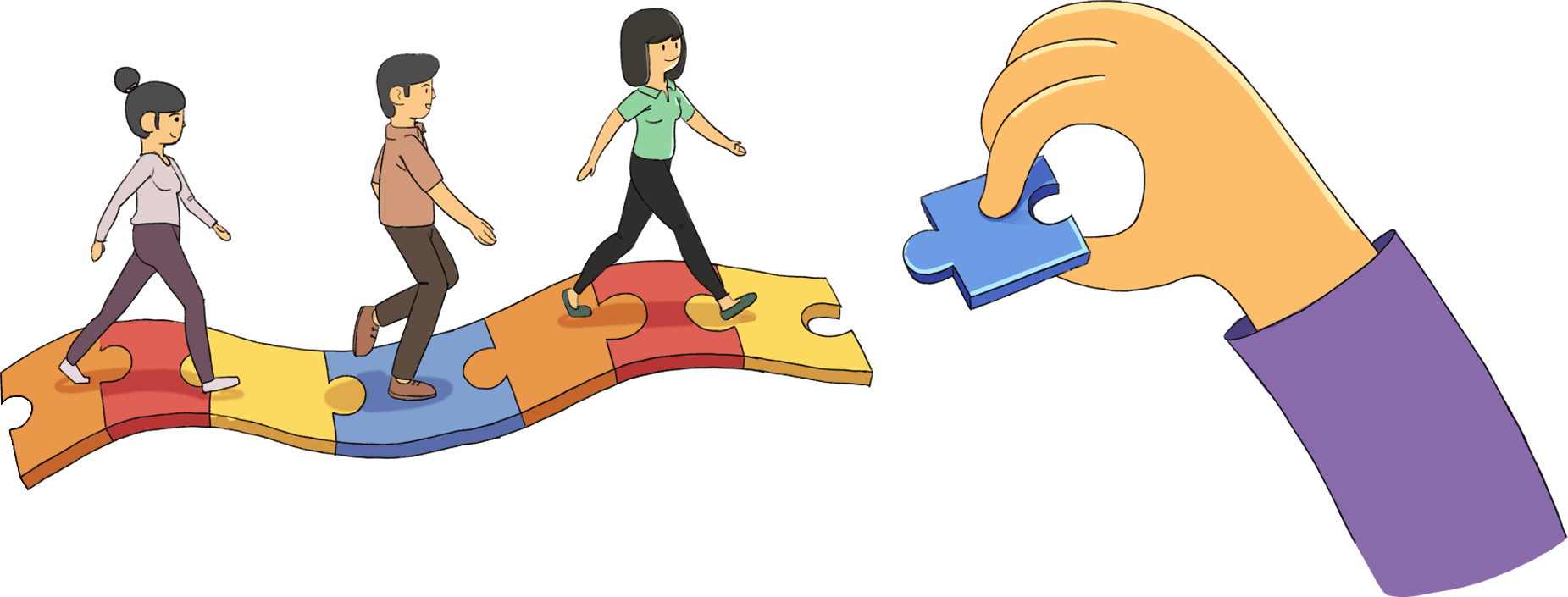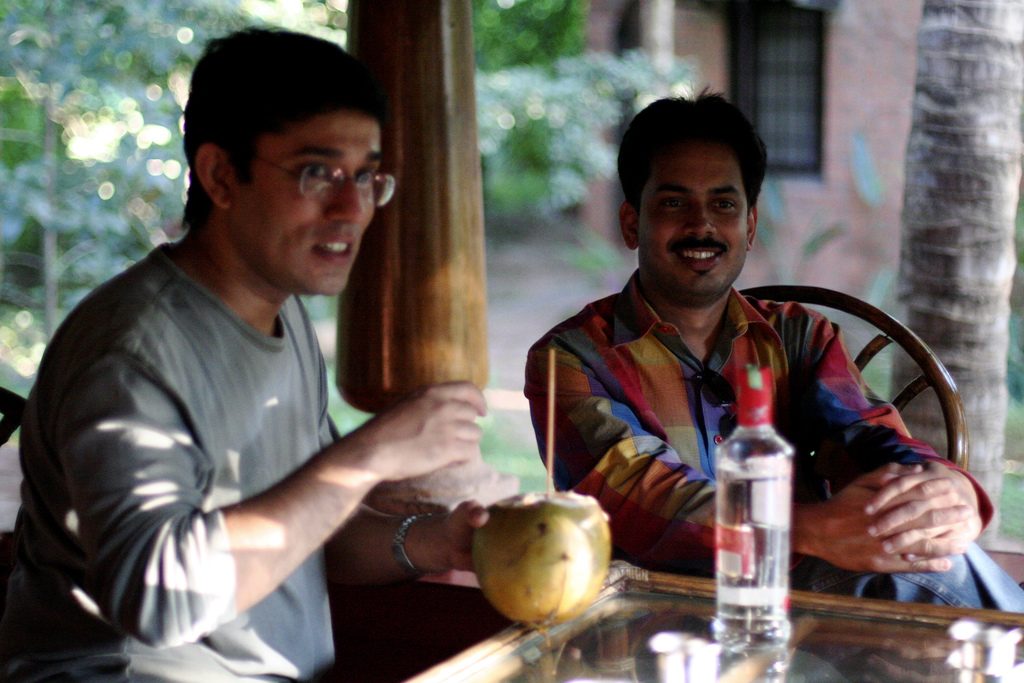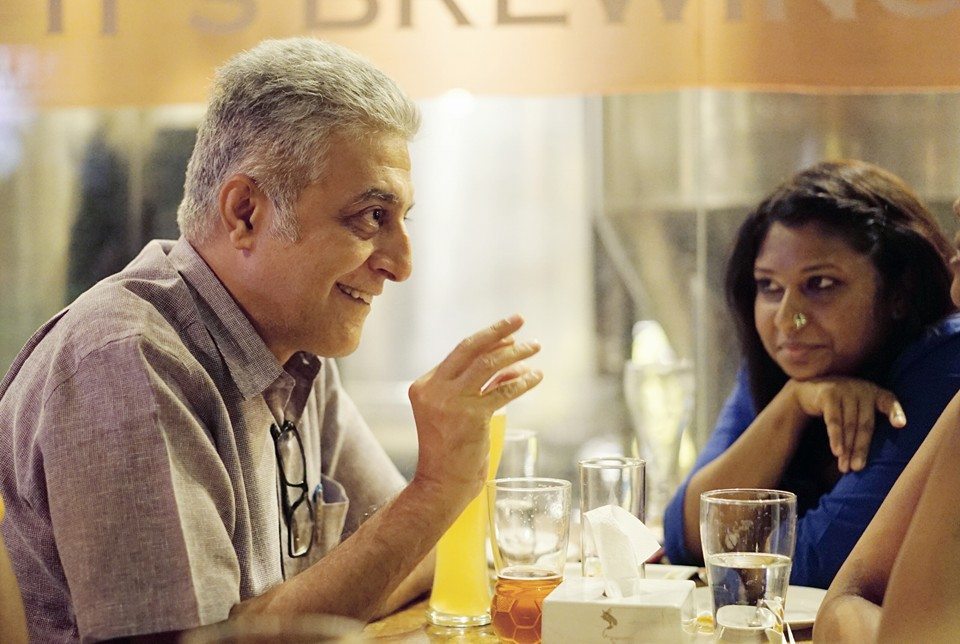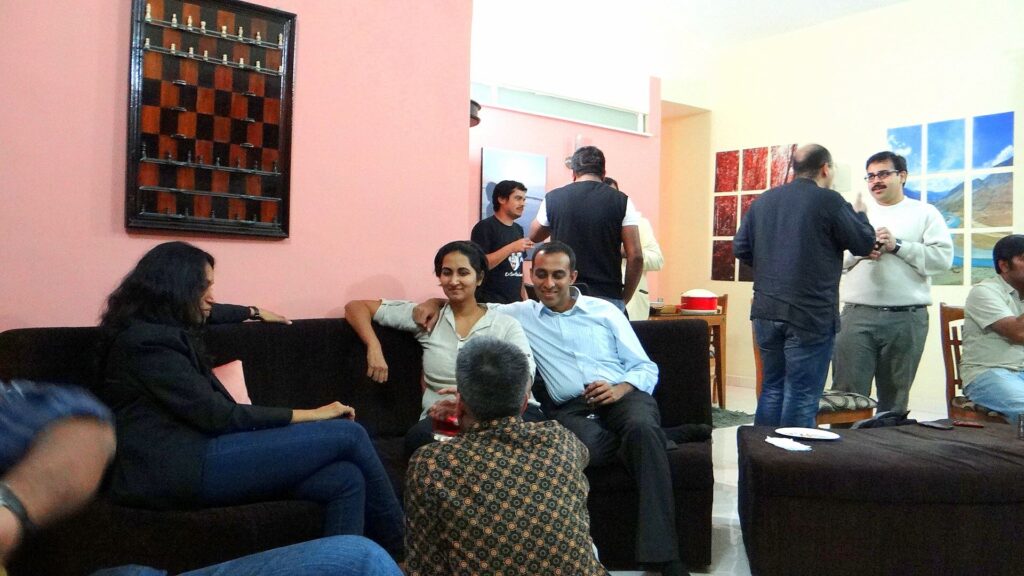
Its history is the history of India's evolving internet culture.
This story starts with Udhay Shankar N, who walked into my office on Church Street one day in 2012 and said we were going out to lunch. “We are?” I asked. “Yes.” he said. “You are going to join Silk.”
I wasn’t unfamiliar with Silk-List at that point. In fact, I was already a member of another email list that had metastasised out of Silk — a hush-hush, secretive spawn whose name was a play on the word ‘silk’ (I can’t tell you what it’s called because I’ll get thrown out). Silk was the older, more relaxed list — its archives were public, its discussions less fiery. And its members were mostly unknown to me, except a few like Shankar who were also members of the hush-hush group. That’s why I hesitated. Yet another mailing list? I could barely keep up with the ones I was already on, not to speak of Facebook and Twitter that were consuming way too much of my time.
I didn’t know then that Silk was the original mailing list; one of the oldest and longest-running general interest mailing lists in the country. It wasn’t until much later — after I had been inducted (there’s no gory secret ritual; you send an email to Shankar and he adds you), participated in a few conversations and then settled into my primary role of benevolent lurker, apart from attending a few ‘Silk-Meets’ — that I became interested in the history of this list, which has been running since 1998. And it’s still going strong with its hand-picked bunch of 250 members, spitting out at least a dozen replies a day on various threads, clogging your inbox and occasionally forcing you to get off Twitter and be sucked into a vortex of rapid Wikipedia-scanning.
Silk has been running practically from the time the internet came to India. It counts among its members many of India’s unsung internet architects — people who were not just pioneers and evangelists of Indian internet culture, but who also contributed to some of the ways in which the internet in India evolved. Silk is Geek Central, and its members are some of the geekiest people in the country.

Let’s take Shankar, a self-avowed ‘collector of interesting people’, for instance. He started tinkering around with computers while at college studying maths and science in the late 80s, and got his hands dirty on some of the earliest software and computing companies in the country as marketing and biz-dev guy (among these was a little known Kolkata-based company called Millennium Cyberworks, and it was possibly India’s first full-service website-development consultancy. In 1996, it was ahead of its time, as there weren’t that many websites to develop. It folded within a couple of years — well before the Millennium Bug, or Y2K). Subsequently, Shankar worked with some of the biggest tech companies of the day, including Yahoo! and Intel, and he currently heads the accelerator program at Axilor Ventures, an early-stage startup fund founded by former Infosys biggies Kris Gopalakrishnan and S Shibulal.
After Millennium didn’t work out, Shankar, along with friends Ram Sundaram (now a fin-tech specialist, currently setting up TerraPay, a global mobile payments network) and Bharath Chari (who became an emerging markets expert and founded Titanium OU, a venture in Eastern Europe) got together and started an internet consultancy company called Arachnis.
Back in the 90s, India’s first technology forum — possibly our first online social network, in a sense — was run out of yet another internet pioneer’s backyard. In those pre-internet Dark Ages, bulletin board systems (BBS) were among the limited ways to be “online”, and the late Atul Chitnis — tech legend and flag-bearer of the Open Source movement in India, a larger-than-life personality who lost out to an aggressive form of cancer at the age of 51 three years ago — had set up a server in his house. Chitnis used to host a popular BBS called CiX (shorthand for Cyberinfo Exchange and pronounced ‘six’) and although it only ran for a short period of time between December 1989 and March 1999, its influence was far-reaching.
It brought together, for the first time, young Indians with a passion for computing and the early internet, and got them talking furiously on its discussion boards. There was a free, open sharing of knowledge and enthusiasm, and it was exciting as hell. Today, we take that kind of instant, global communication for granted, but for us non-digital natives, our first hesitant steps online were a source of immense wonder.
“In the late 80s and early 90s, there was really no ‘internet’ in India. Geeky types like us who were in their late teens and early 20s back then, used to get information on this thing called the ‘world wide web’ from magazines like Byte. I think I first came across mentions of the word ‘internet’ in issues of Byte borrowed from a friend, whose dad, incidentally a cop in Kerala, was an unusually geeky cop and had subscribed to the magazine,” recalls Ram Sundaram. He adds that while there did exist a few servers run by government bodies like ERNET (Education and Research Network), going online was difficult and expensive except for top-ranking officials and academicians. “Then PC Quest came along, and most of the writers on the magazine were teenage geeks who used to hang out on Atul’s BBS,” recalls Sundaram.

Among these school-going tech-obsessed teens were Kiran Jonnalagadda, founder of HasGeek, a tech community for coders and technologists and the organiser of some of the country’s leading tech conferences; Rishab Aiyer Ghosh, a well-known Open Source software advocate and founder of Topsy Labs, a social search and analytics company that was acquired by Apple Inc in December 2013; Vipul Ved Prakash, co-founder of Topsy and anti-spam expert who became widely known in the early noughties for creating Vipul’s Razor, a popular open-source anti-spam system (he was on a list of Top 100 young innovators in the world by MIT Technology Review in 2013 for this work). All of them were some of Silk’s earliest members.
Recalls Bharat Chari over email: “It was the time of connecting via a modem to a remote server and downloading packets of messages to be read offline, and replying at leisure. The response rate wasn’t as frantic as it has now become. Internet access, for me at least, was via a shared shell connection to VSNL, which was way more affordable than the ‘graphical’ Internet access. Some of our more intrepid friends gained considerable notoriety by creating a tunnel software that allowed people to convert a shell account into the coveted graphical account.”
It was, and continues to remain, an interesting time, says Chari: “Most of us didn’t have any formal technical background, there wasn’t a Google to lean on, and the learning process was literally keystroke by keystroke.” When the search engines first made an entry, most members of the group were astounded by the amount of information that was available. “I do remember a session that we took in a, now forgotten, forum, where there was substantial cheering when we displayed an animated GIF (from the movie Speed, if I’m not mistaken).,” Chari writes. He says he was more than amused recently to find animated GIFs making their way back into the mainstream courtesy sites such as giphy.com.
Eventually, however, there was a bit of a falling out at BBS. Chitnis — opinionated, strong-headed and often territorial (even his best friends would agree) — started laying down rules about what could be discussed on the forum. By some accounts, he wanted to keep the conversations limited to technology and was not in favour of having political or literary or any non-tech conversations.
By 1997, VSNL had started offering dial-up connections in India, and naturally, Shankar, Sundaram and Chari were already online. They decided to start a mailing list where there would be only two rules: no personal attacks on people, and no spam. Shankar sent out an email to around 20 people he knew — most of them BBSers — and asked them to join the group. “Silk-list is a place to have knowledgeable, civil and most of all, _fun_ conversations about technology, philosophy, culture and whatever else we want to talk about. We have only two rules: no ad hominem, and no spam,” said the email.
Since then, another rule has come to define Silk: referred to as ‘Rule Zero’, it’s a simple statement — Assume Goodwill. And most members will tell you that this is the rule that makes the list a safe, creative and open space to discuss anything under the sun. Its name — SilkList — was, obviously, a play on the word ‘Arachnis’. A spider spinning its web using silken threads of conversation.
“Some of the oldest members — their kids are on Silk now,” Shankar tells me between swigs of beer at Watson’s Pub in JP Nagar, a stone’s throw away from his current workplace, Axilor. Over the past few years, this once-residential and old-world neighbourhood of Bengaluru, populated by retired, middle-class Kannadigas whose children were usually in the ‘States’, has transformed almost beyond recognition. Nearby Bannerghatta Road is now a tech hub, and the twin neighbourhoods of Jayanagar and JP Nagar have seen startups mushroom all over the place, and along with them, all the paraphernalia of startup life — cafes, pubs, all-you-can-eat dining, co-working spaces and Uber/Ola density of ‘within 2 minutes’.
Nearby Bannerghatta Road is now a tech hub, and the twin neighbourhoods of Jayanagar and JP Nagar have seen startups mushroom all over the place, and along with them, all the paraphernalia of startup life — cafes, pubs, all-you-can-eat dining, co-working spaces and Uber/Ola density of ‘within 2 minutes’.

For Silk-Listers, ‘geek’ doesn’t just stand for tech-nerds; they define the term ‘geek’ as ‘anyone interested in the underpinnings of things’ and as ‘people who like to get to the bottom of things and follow thoughts to their logical conclusions’. Of course, there is a performative aspect to it, as there is in all social-media interaction.
Yes, and no, depending on whom you ask. Jonnalagadda thinks they are over, and it is true that participation has thinned over the years. The same people who would write 1000-word responses after mulling over a topic for days now usually sketch a hasty, two-line response, appending it with “sorry about brevity, typing from mobile device”. If they are crafting a long response (footnotes and all; yes, that happens) wouldn’t they rather write a Medium piece and see it being read more widely?
Silk is a good example of a community in middle age; it’s quieter not because people have lost interest, but also because most people now know each others’ positions and thoughts too well.

But a few do believe that they retain value. Mailing lists like Silk are less public, more private. If moderated well, they can be conducted without acrimony and “ad hominem”, which make them so much saner than Facebook and Twitter, where any argument can potentially devolve into meaningless name-calling. Not so on mailing lists, where actual fights are rare and there’s a moderator to call you out and tell you you were out of line. People argue heatedly and there is often vigorous debate, you cannot pass off a spurious argument without being called out for it, but all this is at the level of ideas.
Mailing lists also tend to be much more self-selecting than Facebook and Twitter, and they build up their own hierarchies of power and reverence. The group dynamics, the fascination for the thoughts of people whom you’ve never seen or met, whose 2000 vacation pictures you don’t have to suffer through — all these things make mailing lists pretty much unique today.
Just try being on a Facebook group of more than 100 people sooner or later, things will get ugly and the trigger could be anything from your political affiliations to what kind of biryani you like (true story). As for WhatsApp — let’s not even kid ourselves that you can have any meaningful group conversations on those “closed circuits of bigotry”. They leave one wishing that the Silk-List philosophy of ‘Assume Goodwill’ would spread to modern social networks, where the default mode usually is ‘assume the other guy is an asshole’.
Are mailing lists elitist and exclusionary because they are hand-picked groups — often incestuous ones — of a limited number of members using vague criteria such as “Is that person intelligent? Is that person interesting? Does that person write well?” There are people who throw that allegation at moderators of large lists.
“If you say we are elitist, I’d agree. But I don’t give a damn about that,” says Shankar. “Any form of inclusion is by definition a form of exclusion.”
(The writer and editor of this story are friends with at least two people quoted in this story. The writer is a member of Silk-List.)
Updated at 2.30 pm, August 2 with different images.